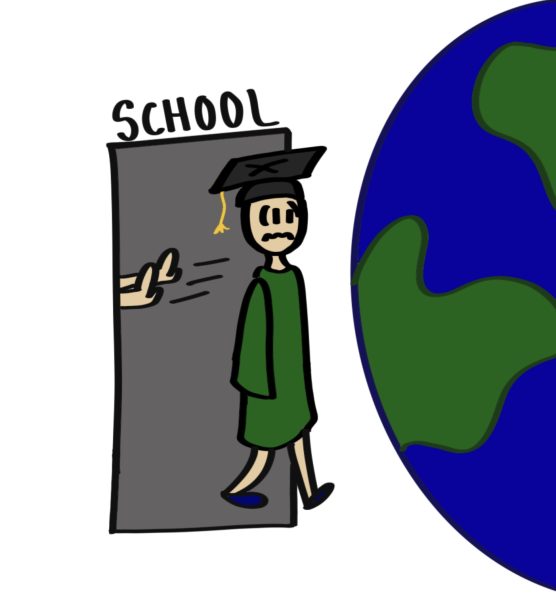China trade war impacts
T
he infamous tariff tug-of-war between the U.S. and China debilitated global economy growth, with IHS Markit Global Link Model projecting the years of 2019 and 2020 as being only two percent away from a world recession threshold.
This childish battle thoughtfully initiated by our current president, has been successful in hurting economies throughout the world. Perhaps, having a knowledgeable businessman over a knowledgeable president would be useful to the United States now, certainly while currently the U.S. is suffering a loss more severe than the one China is experiencing; however, I can firmly say we have neither.
Comparing the figures for both countries in terms of the amount of money lost as a result of the trade war, you could easily misinterpret the true effect of the tariffs in relation to each country.
While the U.S. has lost less money than China overall, when taken into proportion, the percentage shows a greater failure on the side of the U.S. According to CNBC, U.S. loss in exports averages 15.5 percent, compared to China’s 13.5 percent. When deciphered, those figures amount to numerous U.S. industries deprived of billions of dollars in exports as a result of the tariffs.
It might be easier to understand the origin of the calculated pettiness, which has initiated the trade war, if we look back at China’s rapid development in the past few years. After opening up its economy to the foreign trade in 1979, China’s unprecedented growth was labeled by the World Bank as the fastest sustained expansion by a major economy in history.
According to Congressional Research Service, China’s average GDP growth was at 9.5 percent throughout 2018 (compared to the U.S.’s 5.2 percent), but has slowed down from 14.2 percent in 2007 to 6.6 percent in 2018. The alarming expansion has frightened many Americans, as proven by Trump’s timely response — the first tariff was placed solely on solar panels and washing machines.
A series of tariffs from each side followed, resulting in a collective $35 billion loss to Chinese exports. In addition, according to a recent article in Foreign Affairs, “If all the threatened hikes are put in place, the average tariff rate on U.S. imports of Chinese goods will be about 24 percent, up from about three percent two years ago, and that on Chinese imports of U.S. goods will be at nearly 26 percent, compared with China’s average tariff rate of 6.7 percent for all other countries.”
Of course, according to Trump, the situation would sound something more like: “We’re taking in billions and billions of dollars in tariffs that China is paying for! We’re not paying?” When in fact, the U.S. has lost $19.9 billion in export and $11 billion in agriculture, according to a CNBC article published Nov. 13.
Fortunately, the Trump administration is now celebrating a newfound “trade deal” announced on Oct. 11. The tariffs are promised to be reduced simultaneously and in the same proportion, as soon as the “phase one” deal is signed, according to China’s Ministry of Commerce. Yet, a month later, the deal has not been signed, even though according to Trump China is “dying to make a trade deal.”










